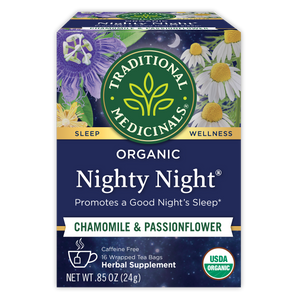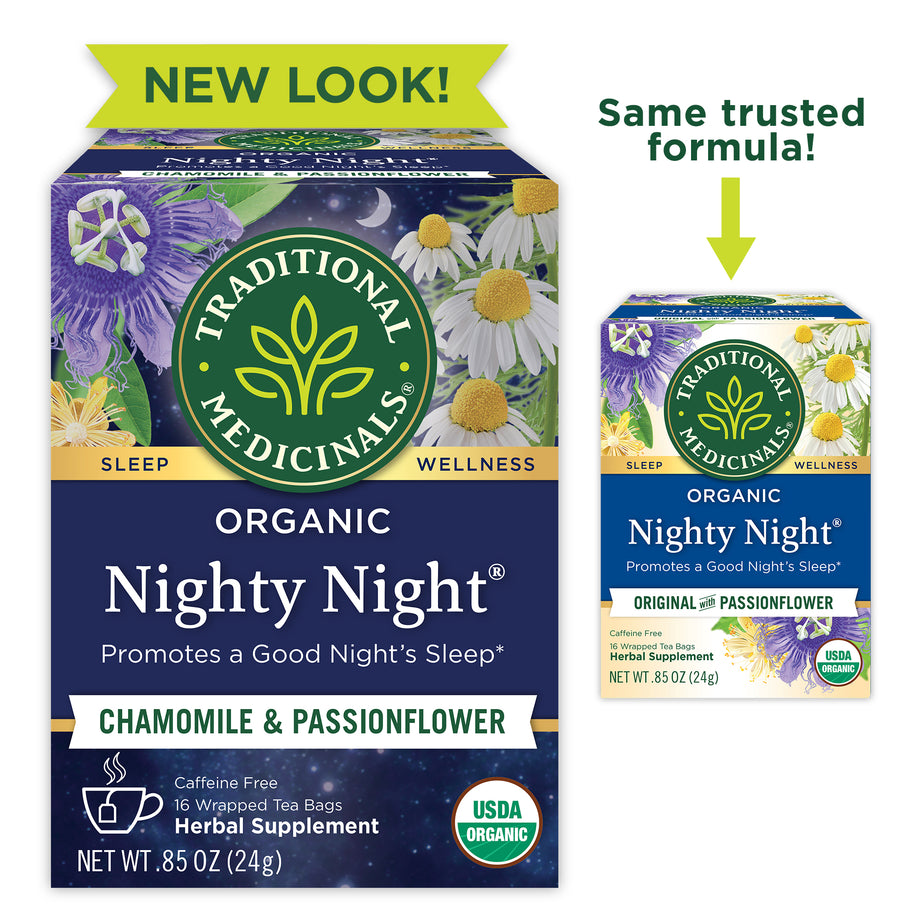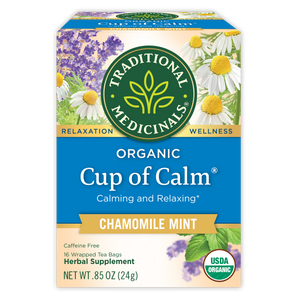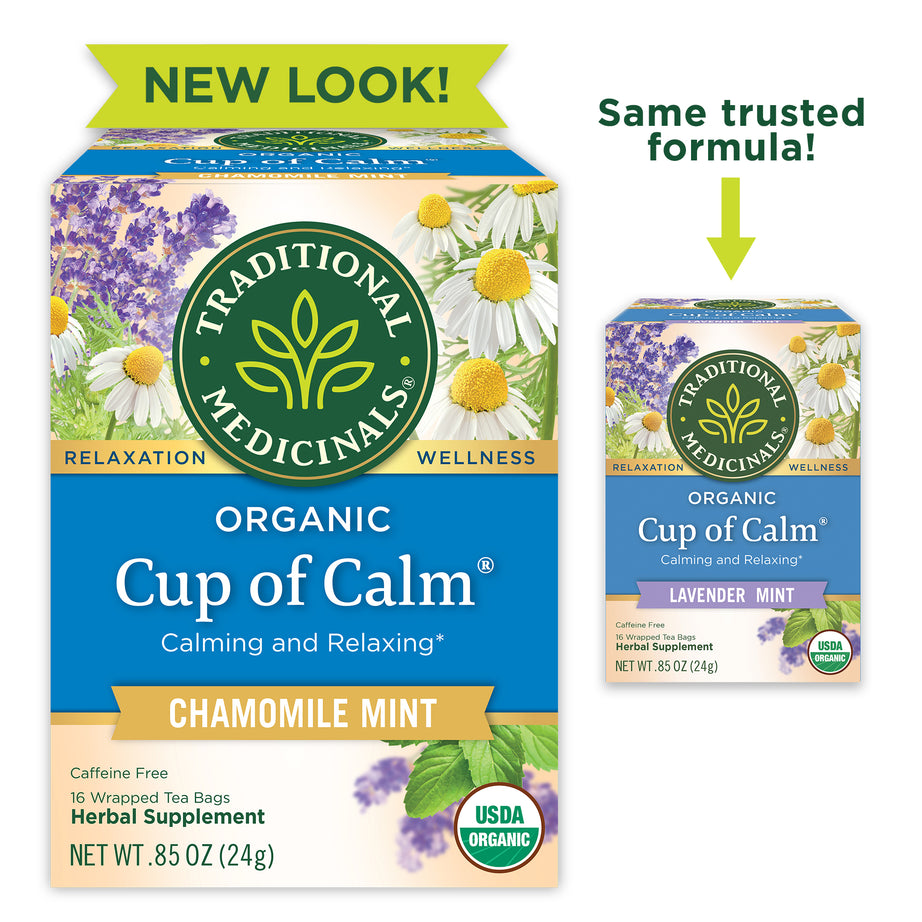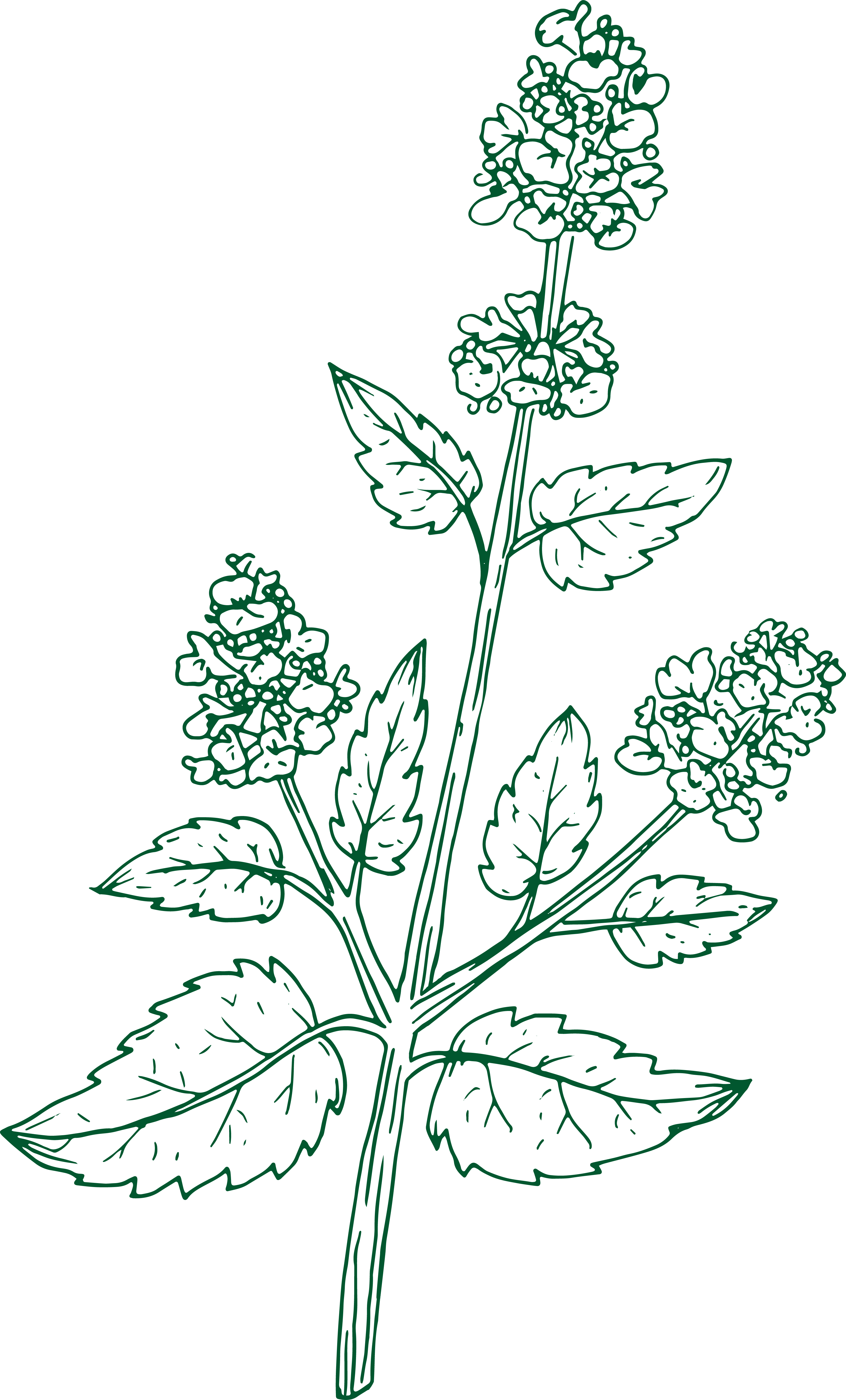
More Catnip info
Cats love catnip thanks to a special compound called nepetalactone.
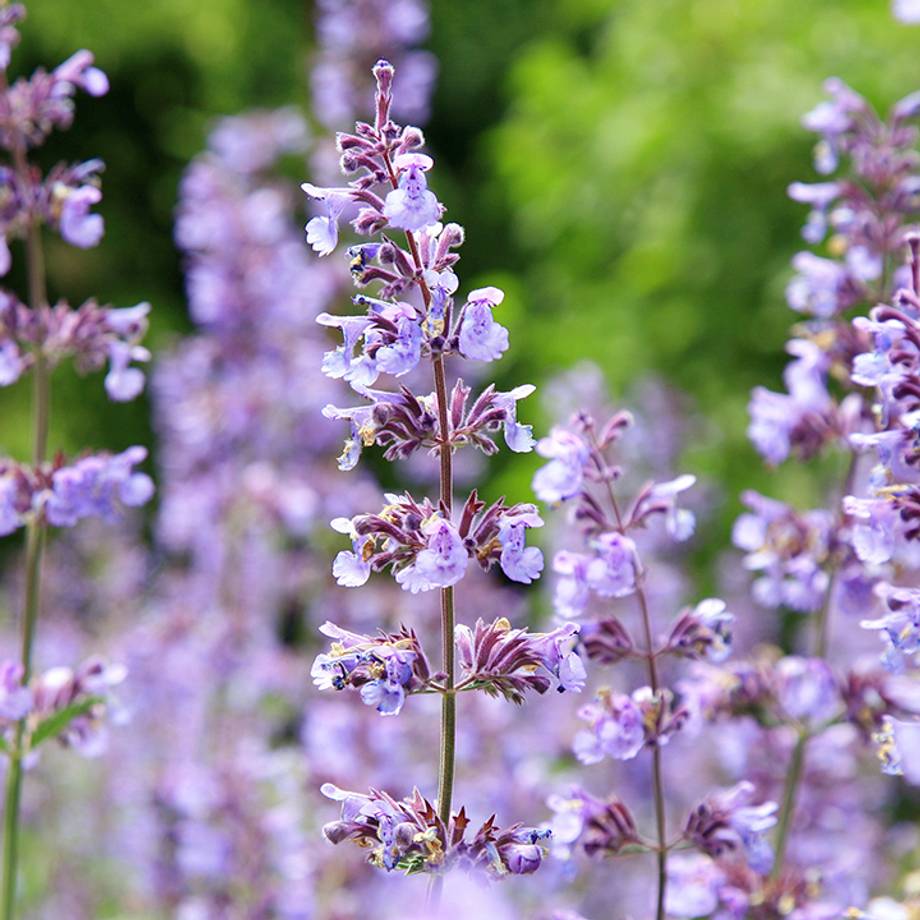
Beloved by furry feline friends for its intoxicating effects, catnip is also appreciated by humans for its nerve-soothing benefits.* Its infamous volatile oil called nepetalactone is what entices cats but deters mosquitos. The herb’s leaves and flowers are commonly used in teas, tinctures, and for essential oils to ease stress and support everyday wellness.* It’s been used for centuries to support those under immense pressure or simply needing to unwind after a long day.
It’s also a mild sedative, making it ideal for those who are struggling to fall asleep or stay asleep. Depending on the dose, it can be used to uplift and unwind day or night.* Because of its gentle nature, many herbalists use it when working with children.
In our formulas, we use catnip as an adjuvant, meaning in mild enough doses to simply contribute to the effect of other ingredients.
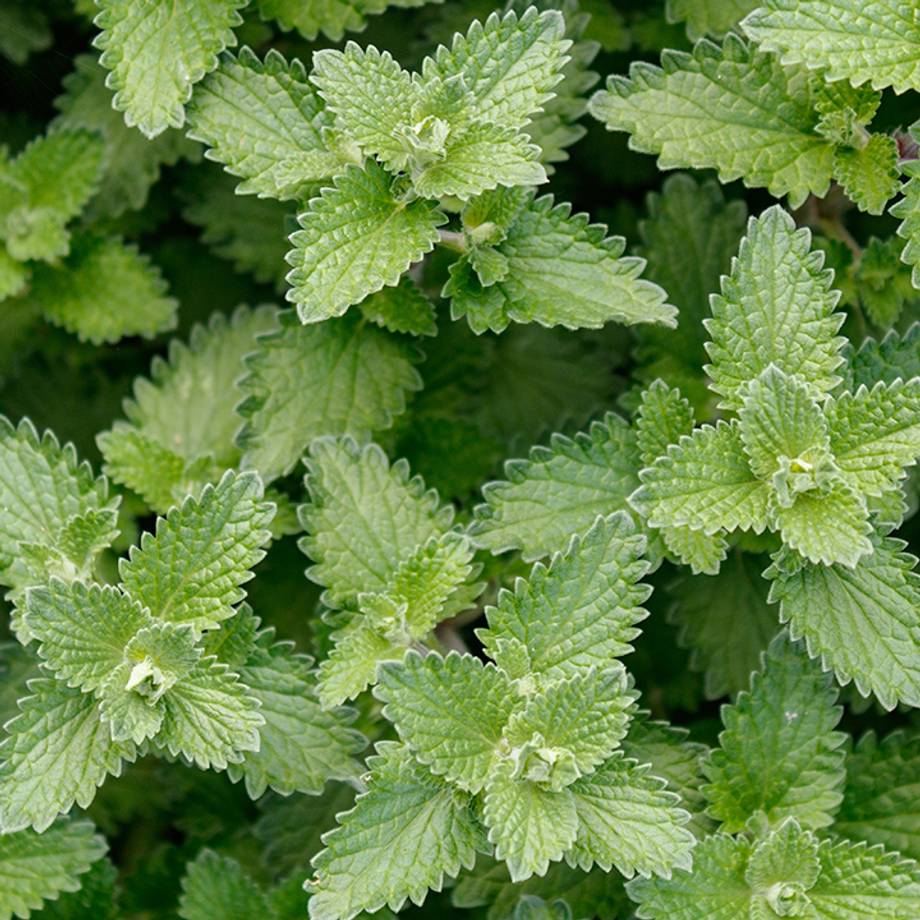
Catnip has been grown and used as a tea, juice, tincture, infusion, poultice, and smoke for hundreds of years. It was traditionally used as a carminative to relieve gas and colic for kids and was rumored to even relieve pesky hiccups. It was also commonly used for colds as a diaphoretic to induce sweating and cool the body from overheating. In France, the leaves and young shoots of catnip are sometimes used for seasoning food and grown alongside other kitchen herbs.
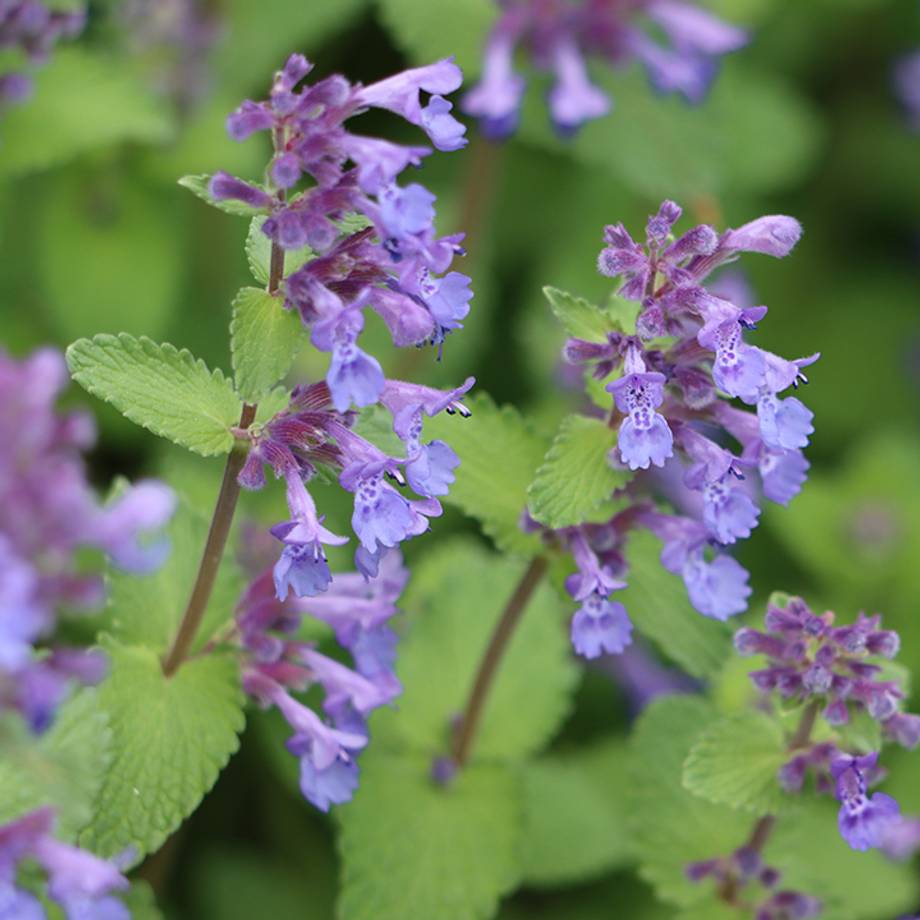
Catnip is an herbaceous plant that belongs to the mint family and grows easily in gardens and windowsills across the country. It is native to Europe and Asia and has been naturalized in many other parts of the world. It’s also a perennial plant that can grow up to 3 feet tall and has grey-green leaves with serrated edges. The plant blooms with small clusters of white or pale pink flowers in the summer months, which are very attractive to pollinators.
Catnip is a hardy plant that can be easily grown in gardens and containers. It prefers well-draining soil and full sun to partial shade. It can be propagated easily from seed or cuttings. In the U.S., catnip is hardy in USDA zones 3-9, making it a popular choice for gardeners in many regions.
Products that contain Catnip
Nighty Night® Tea
Nighty Night tea combines passionflower with calming chamomile...
Additional Information
Legal Disclaimer:
The information and other content in this article are designed to provide a general overview of the botany, cultural history, and traditional uses of this herb. It is not intended and should not be construed as health advice. Every person is unique and you should consult with your health care provider before using any herbal product or supplement.
Become an Herb Nerd & Get 10% Off!
Herbal tidbits, DIY plant projects, exclusive discounts, and recipes to follow the seasons delivered straight to your inbox.

